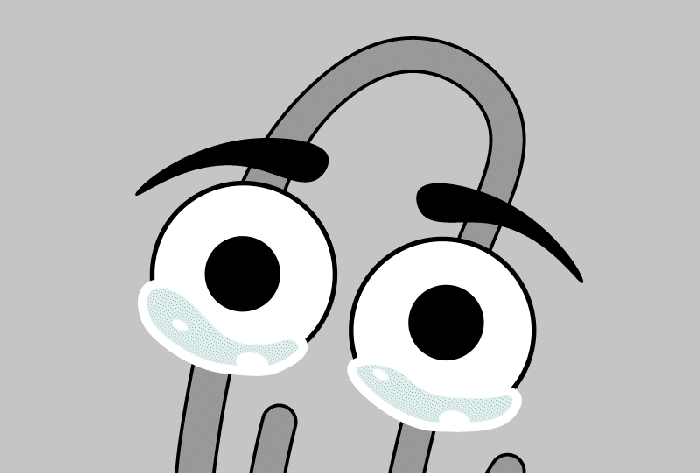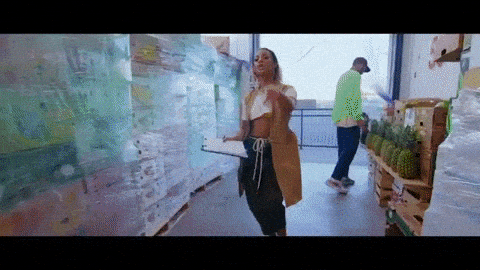- SMBrand Clinic
- Posts
- Brand Clinic:
Brand Clinic:
Memory, Creativity, and the Art of Modern Due Diligence
Welcome to this week’s Brand Clinic, where we tackle the big questions—like why your company’s inventory system looks like it was built by dial-up modem enthusiasts—and how ancient wisdom can help you fix it.
Let’s start with a paradox: memory and creativity are two sides of the same coin. I know, it sounds counterintuitive. Memory feels static—file cabinets stuffed with old receipts. Creativity, on the other hand, feels dynamic—lightning bolts of genius on a blank canvas. But here’s the kicker: one doesn’t exist without the other.

bye, Clippy
The Latin root inventio—our ancestor for both inventory and invention—tells us as much. In ancient times, the two concepts were inseparable. The act of invention, of creating something new, wasn’t divine inspiration so much as a pragmatic skill: combing through your inventory of existing ideas and combining them in ways no one else had thought of. Before you could invent, you needed a system. Not just a pile of random stuff, but a searchable, indexed vault of knowledge. It’s why early philosophers were obsessed with memory palaces, where you could store and retrieve ideas faster than you can find your keys.
Fast forward to now, and this is where I am in my due diligence process for a heritage brand. Picture this: a company founded in the pre-Google era, still running on systems from the '90s. Inventory files so outdated they might as well be etched into stone tablets. And me, the outsider, armed with nothing but optimism, spreadsheets, and a lingering fear of clippy, tasked with modernizing the whole operation.
Here’s the problem: you can’t get creative with what you don’t understand. For a brand to evolve, first you need a clear picture of what you actually own—every style, SKU, material, and even the history that makes this brand heritage in the first place. It’s impossible to invent a new future for a company when you’re digging through the digital equivalent of your grandma’s attic, hoping to stumble on the one thing you need.
So, I’m tackling it like the memory artists of old: cataloging and indexing, creating a system so intuitive that the right idea will practically serve itself up when the moment demands it. This isn’t just a data problem; it’s a creativity problem. Because the beauty of a proper inventory isn’t just that it tells you where things are; it shows you what’s possible.
Take that well-worn brand logo you’ve all but forgotten. What if it’s not just a relic but a cornerstone for a bold rebrand? That underperforming product line? It might just need the right marketing push—or the right partner—to make it fly. But you don’t know until you look. And you don’t see until you can look clearly.
Here’s my takeaway: if you’re sitting on a legacy system (whether it’s software, a process, or just plain bad habits), you’re not just stifling efficiency—you’re stifling creativity. You’re blindfolding yourself in the one place where seeing clearly matters most. So, yes, memory and creativity are two sides of the same coin. But only if you’ve got a system that lets you spend it.
Next steps? We’re building this inventory, one indexed idea at a time. And I’ll let you know when I invent something worth shouting about.
Till then, keep your memories sharp and your systems sharper.
—Tamar
